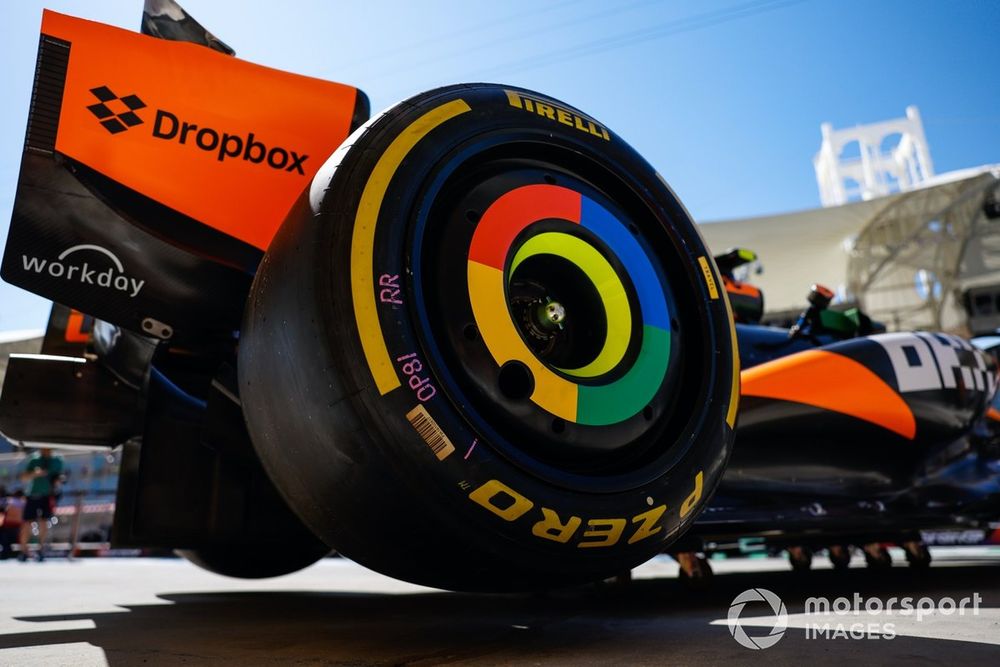The recent Chinese and Japanese Grands Prix highlighted how the variability produced by a pretty much nailed-on two-stopper helps trigger plenty of overtaking and action.
F1’s problem though is that this ideal combination of tyre compounds to deliver multi-stop excitement cannot be repeated at every track because the range of options is not wide enough.
All too often one of the selections gets struck off as a useable race tyre so everyone follows the same route, or the hard being good enough to run almost the entire race distance opens the door to a boring one-stopper.
It is a factor that Pirelli is well aware of, especially as one of the targets that has been laid down by F1 is for it to aim for two-stop races.
Finding a solution to guarantee that the tyres it brings to every race will ensure a two-stop is not so easy though.
Pirelli’s head of F1 and car racing Mario Isola joked that to do that would require “24 times three” compounds to be produced.
But while it is probably not as extreme as that, he admits that the challenge Pirelli faces in coming up with a range of compounds that work to the extremes experienced on the calendar is far from straightforward.
And, in particular, Isola says that the shift towards more street races over recent years has complicated the selection process as what is ideal for somewhere like Monaco and Singapore is not what is needed for high-energy venues like Spa and Silverstone.
Pirelli tyre and wheel detail on a McLaren MCL38
Photo by: Steven Tee / Motorsport Images
That is why he suggests that the key to locking other venues into the exciting two-stoppers is potentially allowing a wider range of softs to deal with the city venues.
“We have more and more street circuits on the calendar, and street circuits usually require soft tyres,” explained Isola.
“So probably we would need one more [option] on the soft side, or we need to move the range a little bit on the soft side for the future.
“We are considering that for 2025 – having compounds with more mechanical resistance in order to move the range to the soft side.
“Ideally, we need probably six [compounds] – not to have all the races a two-stop with different strategies, but a majority. All would be difficult.”
To understand the challenge that Pirelli faces in coming up with compounds that would work across the range of circuits F1 visits, Isola says that if bespoke tyres were picked for each venue, then Monaco would be totally…
Click Here to Read the Full Original Article at Autosport.com – Formula 1 – Stories…

